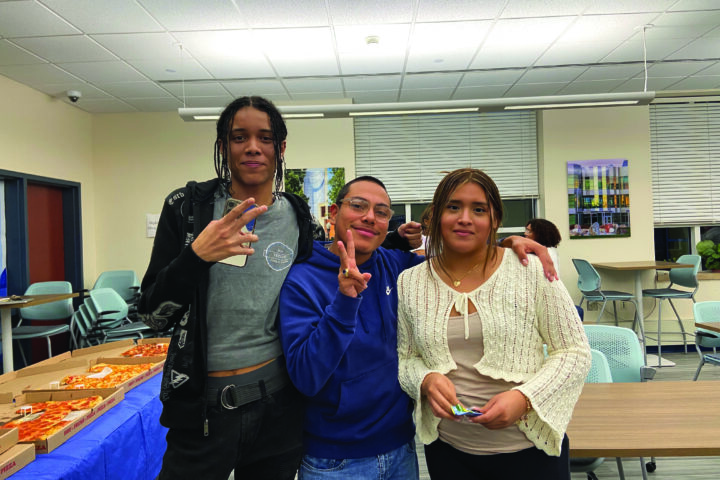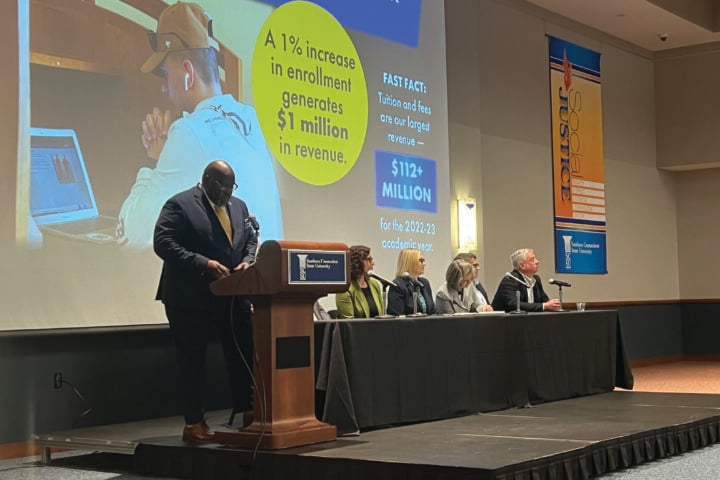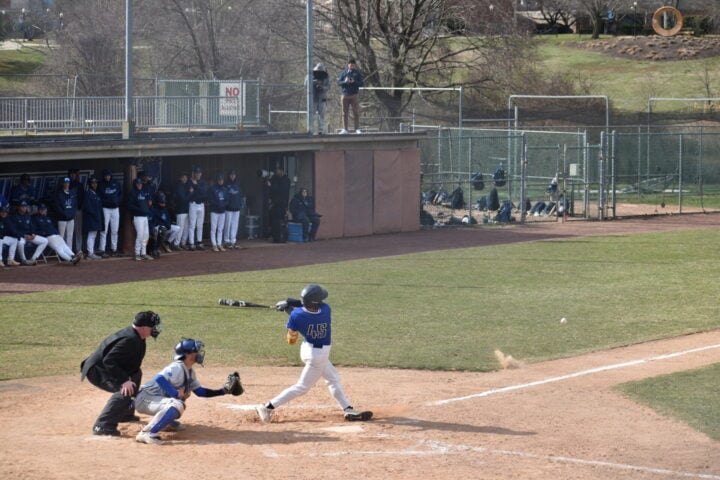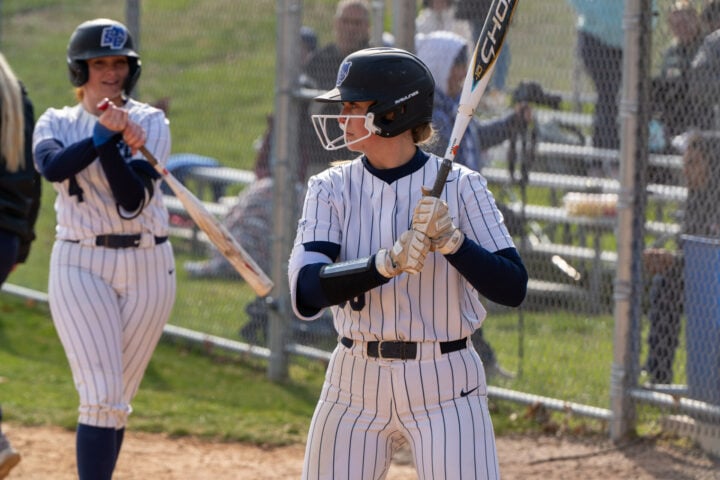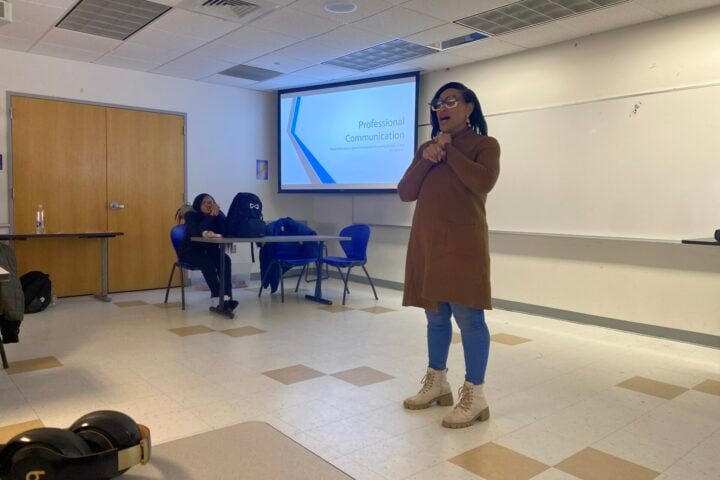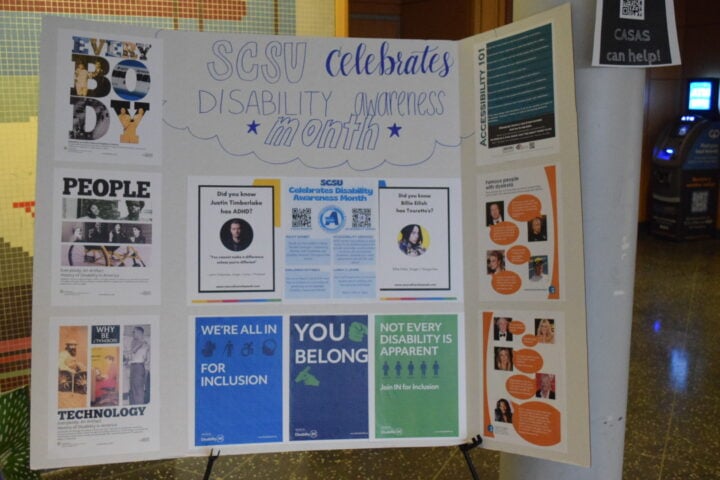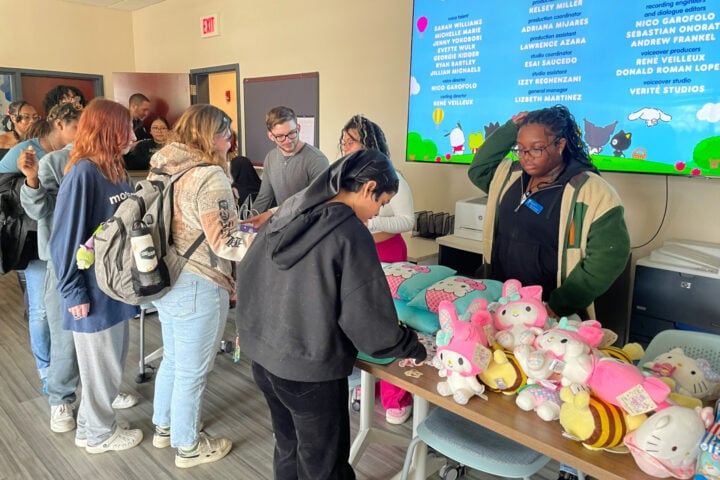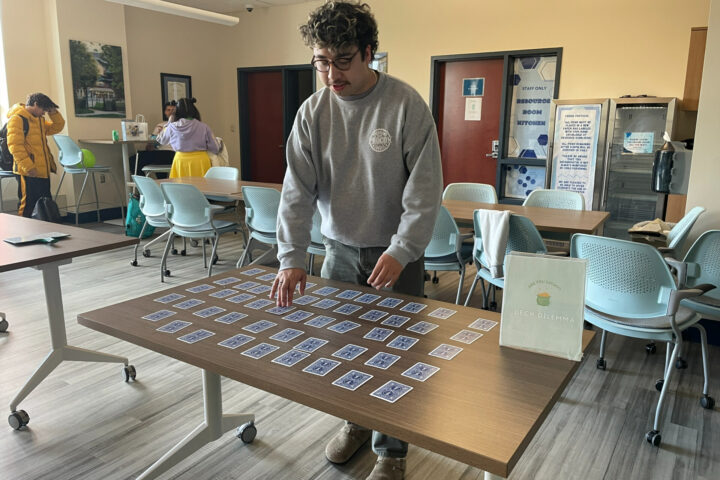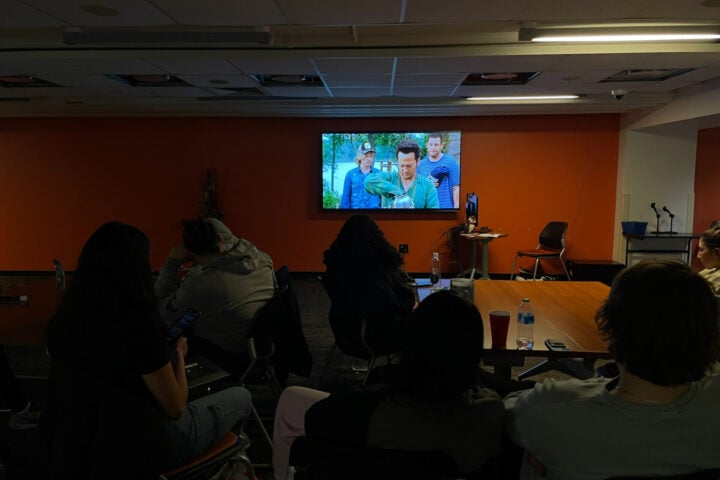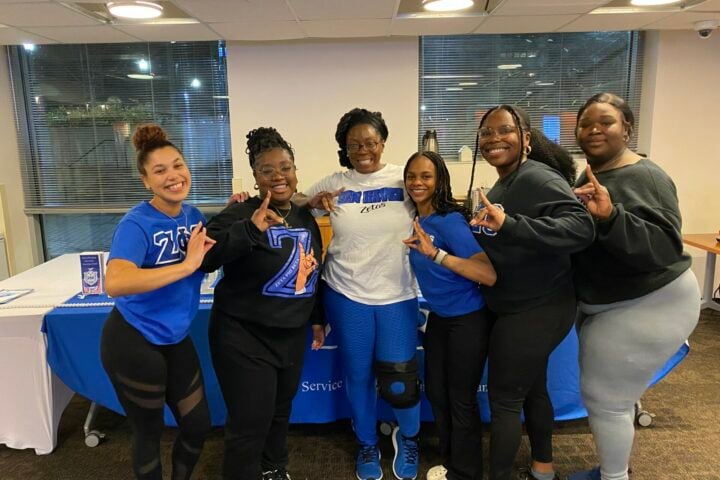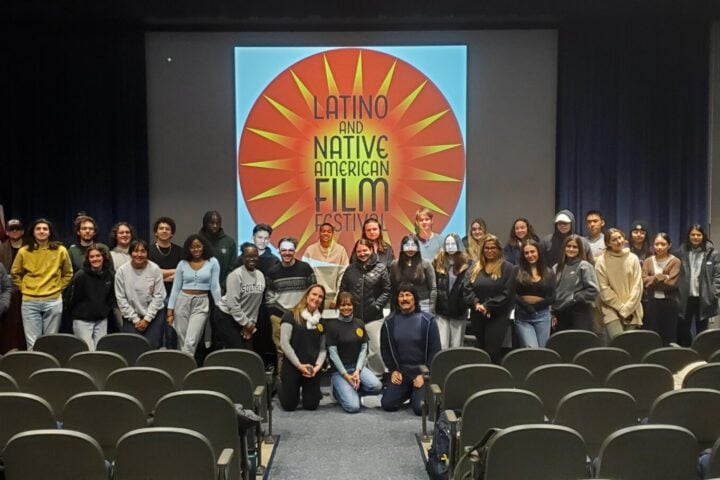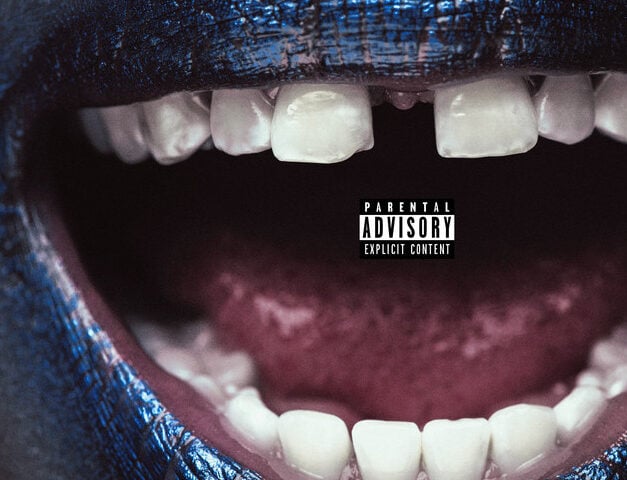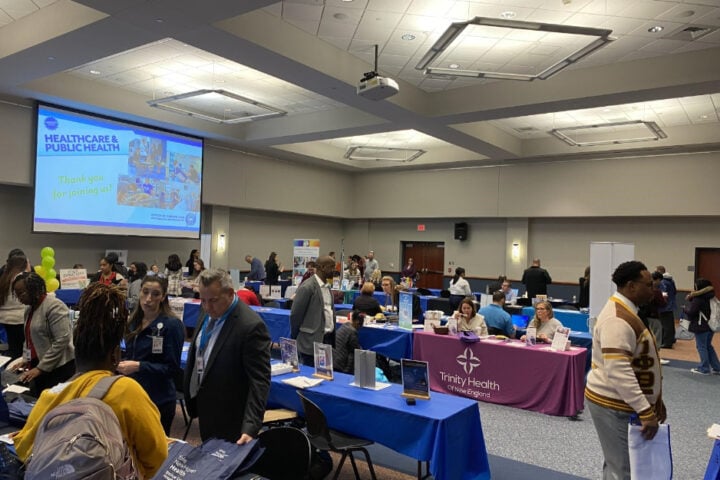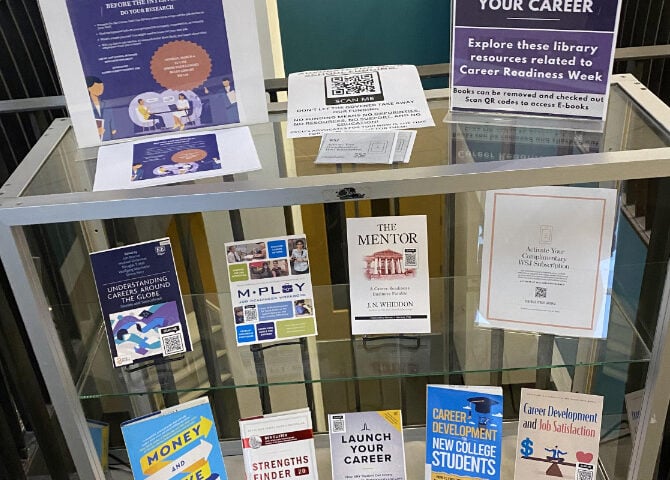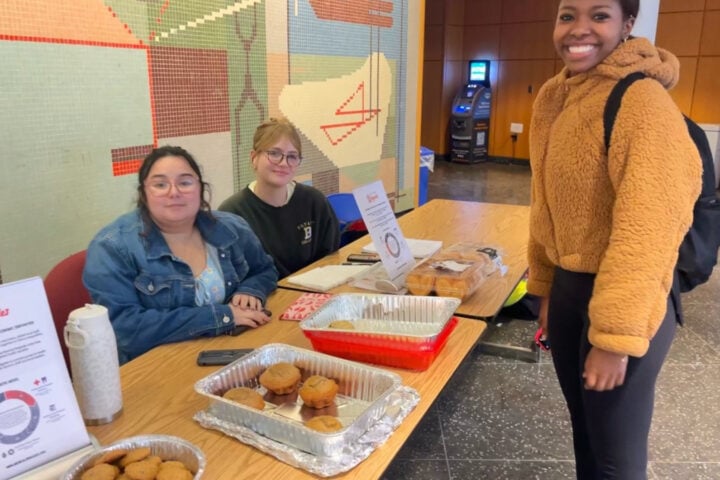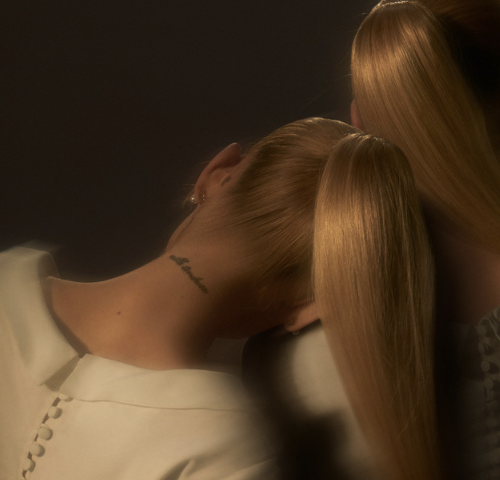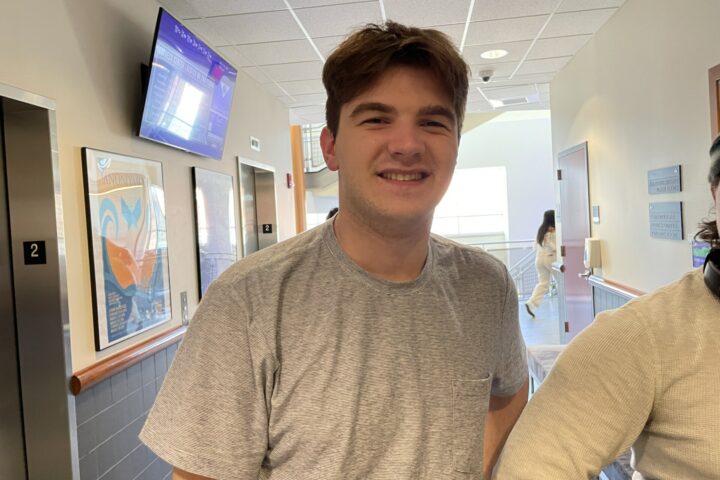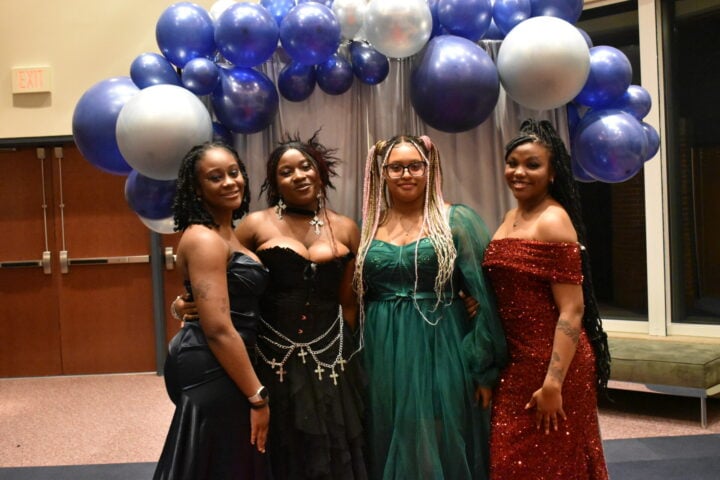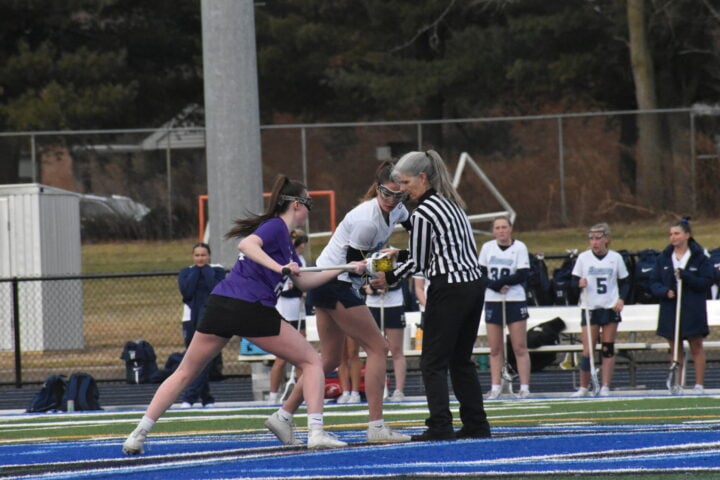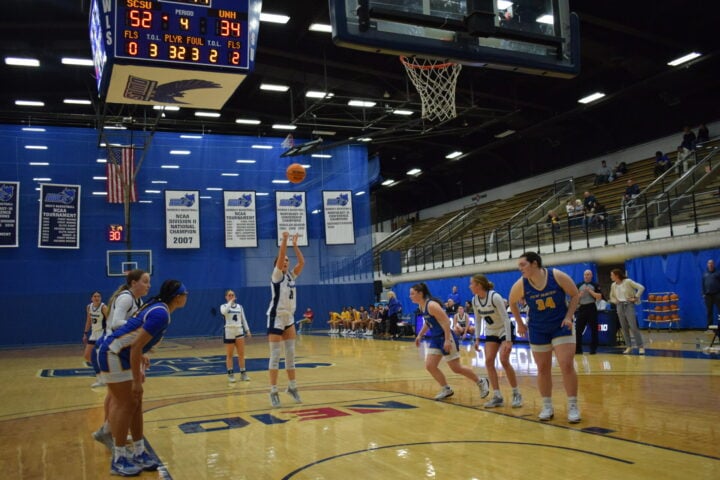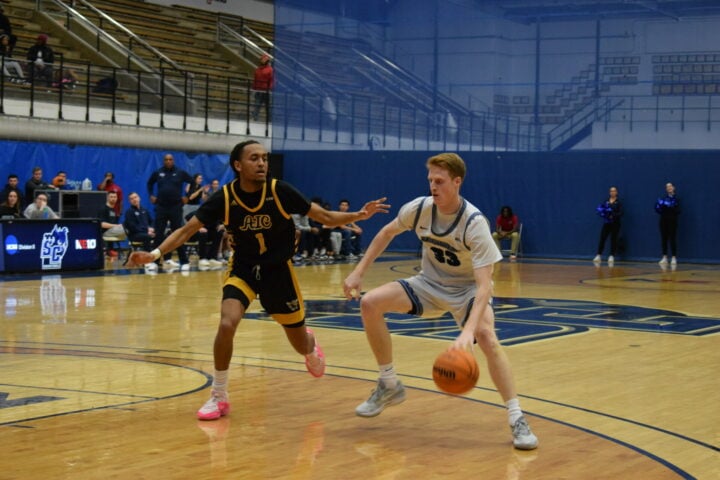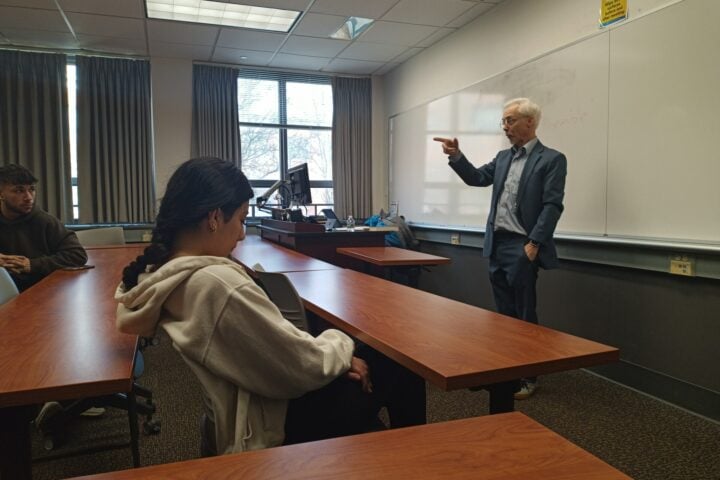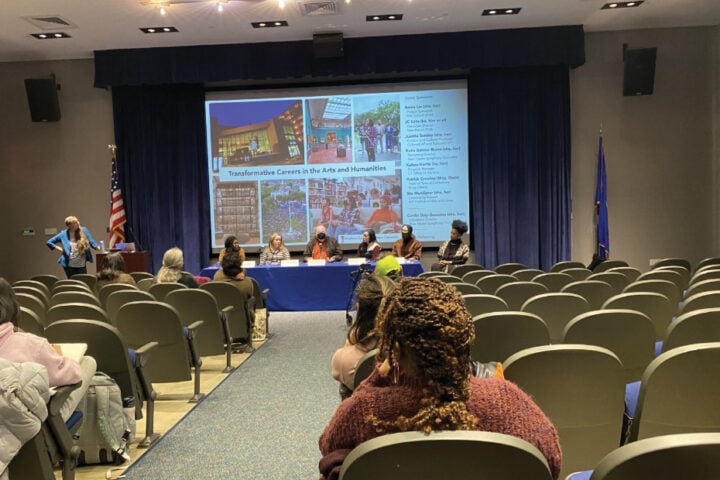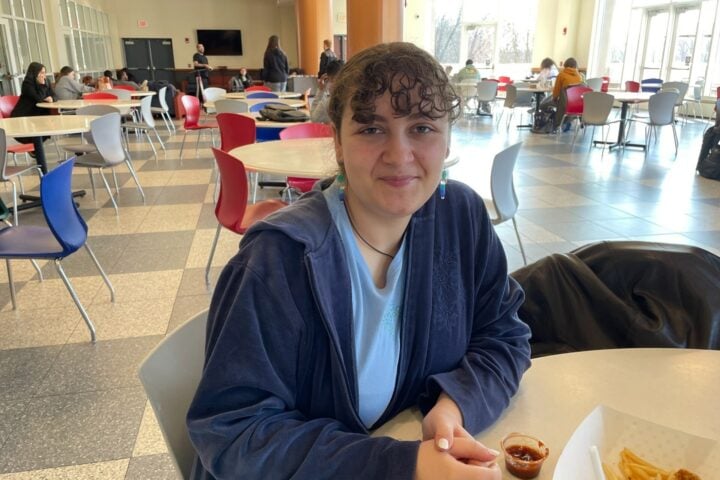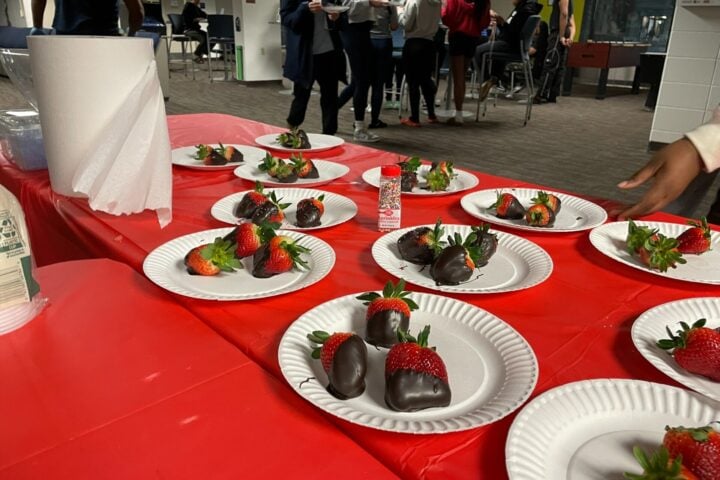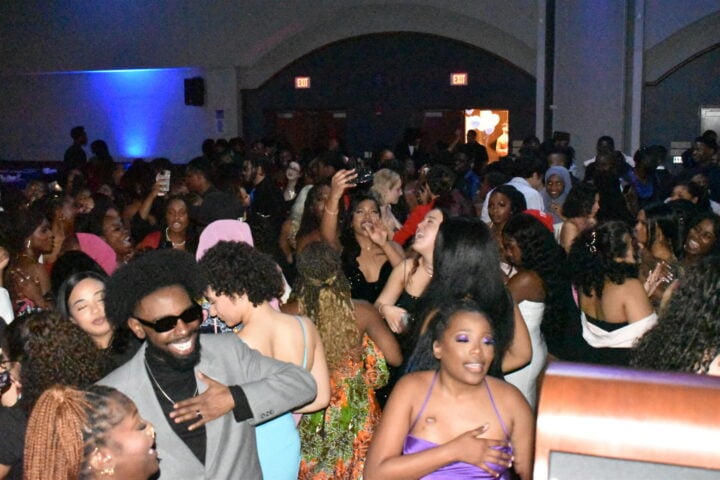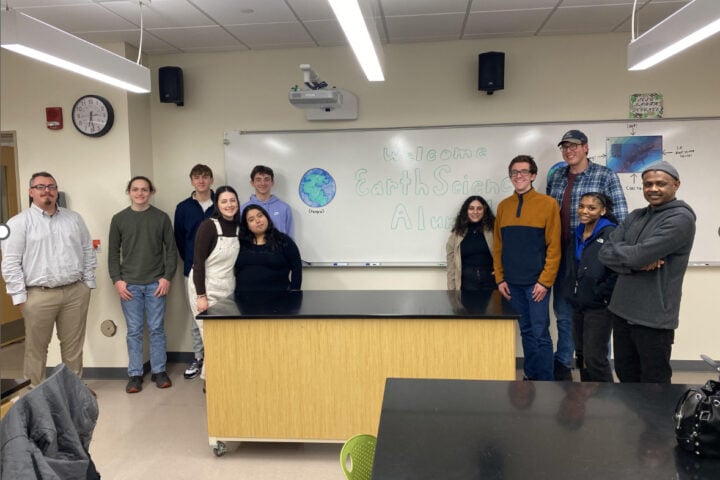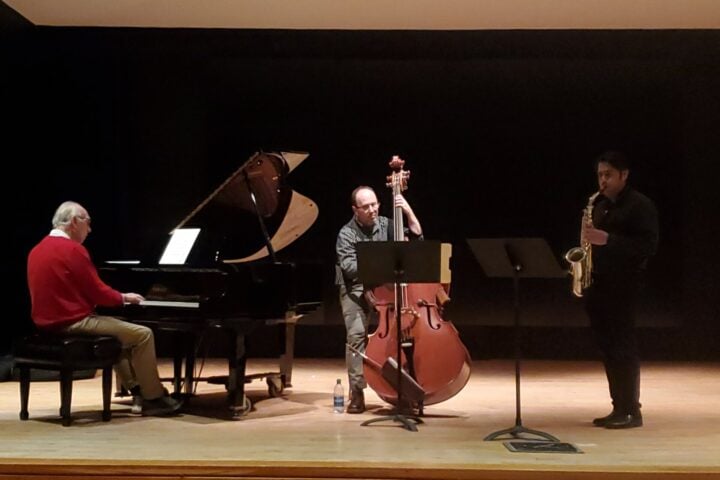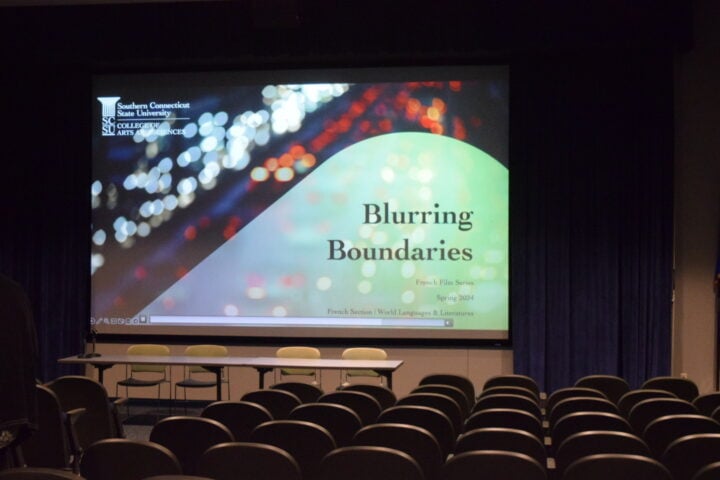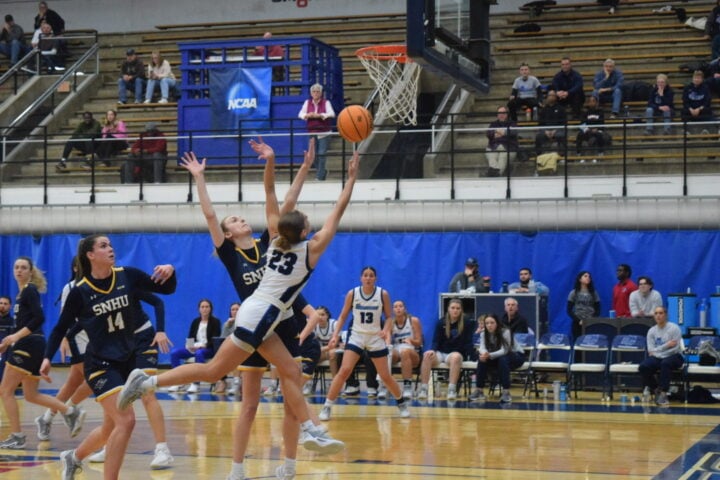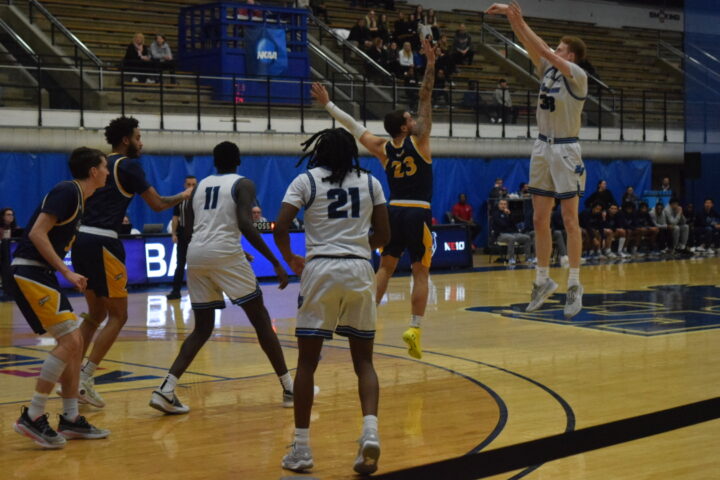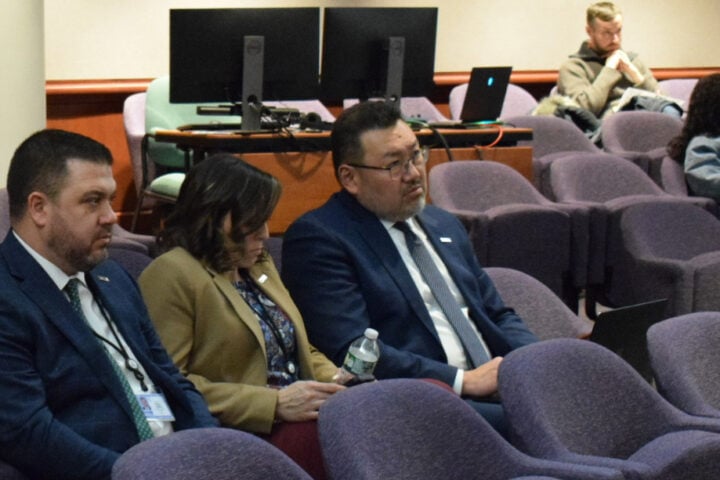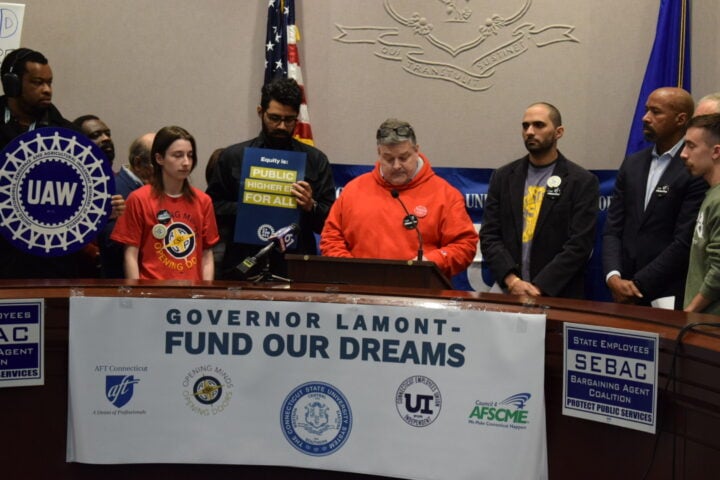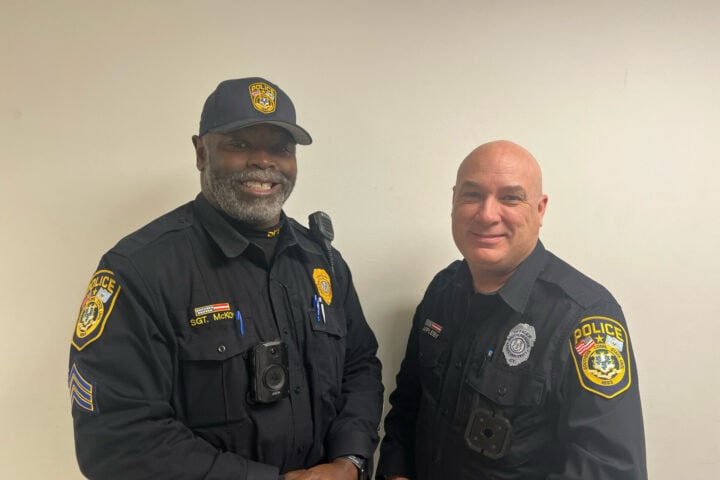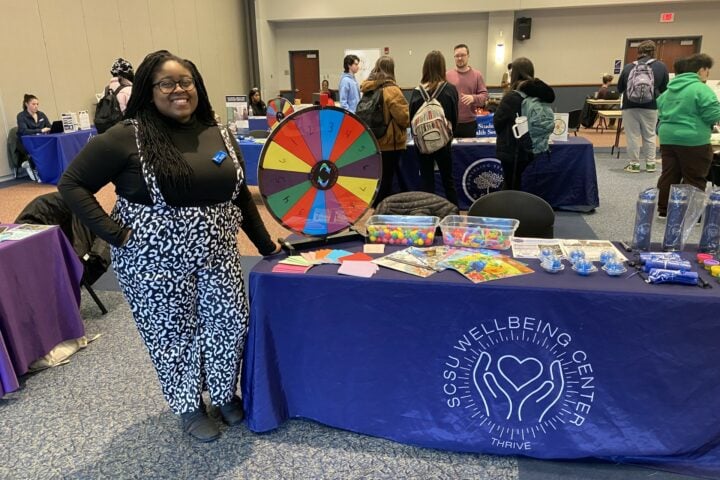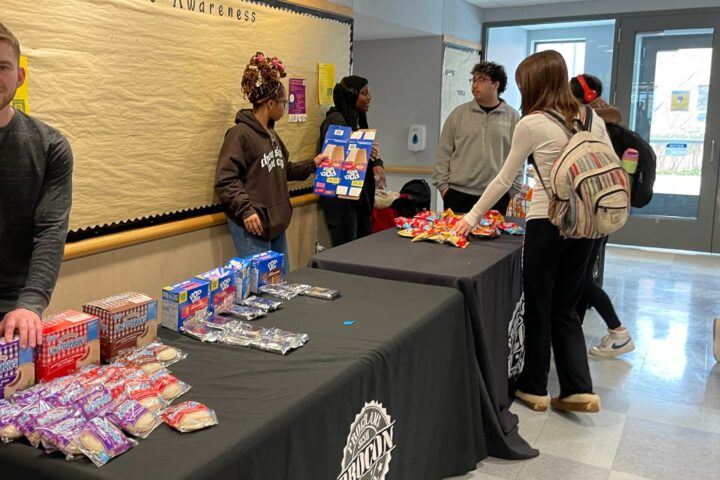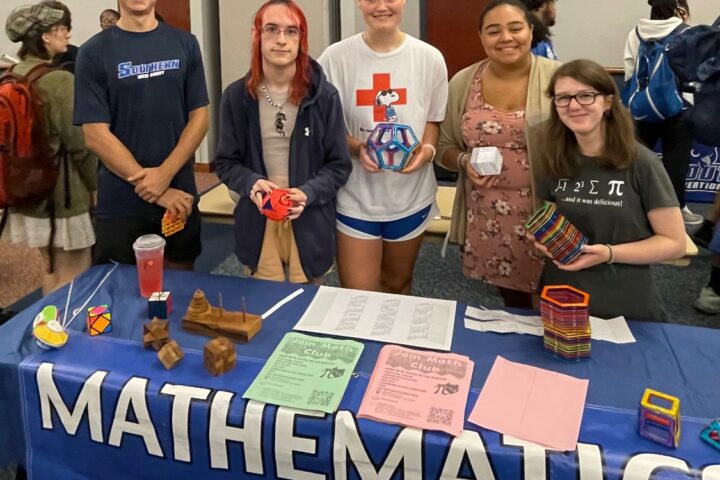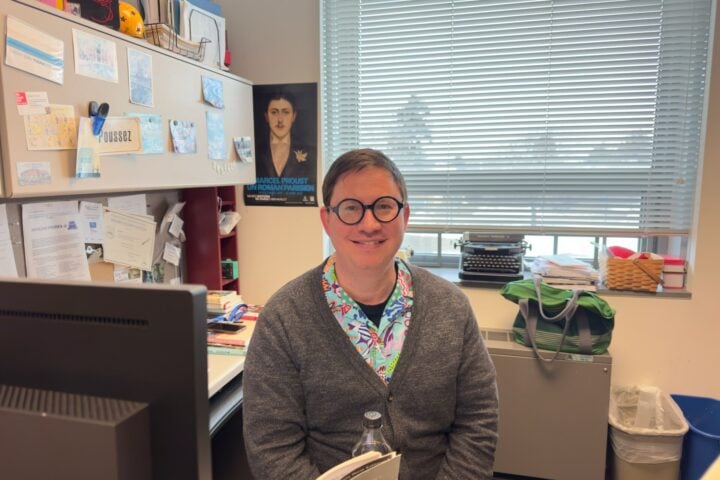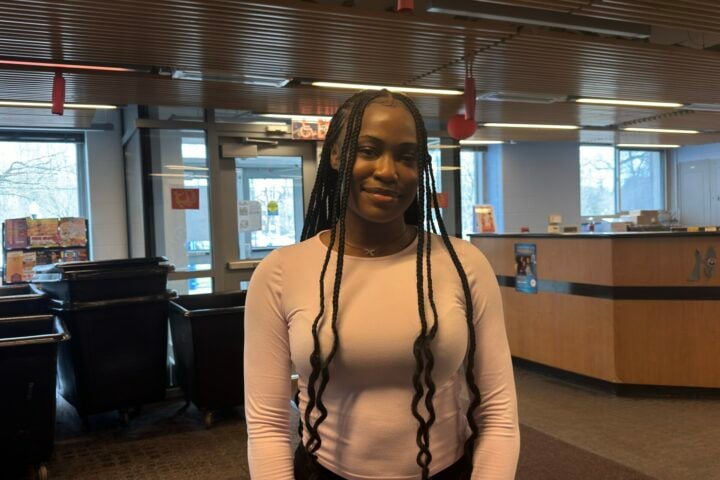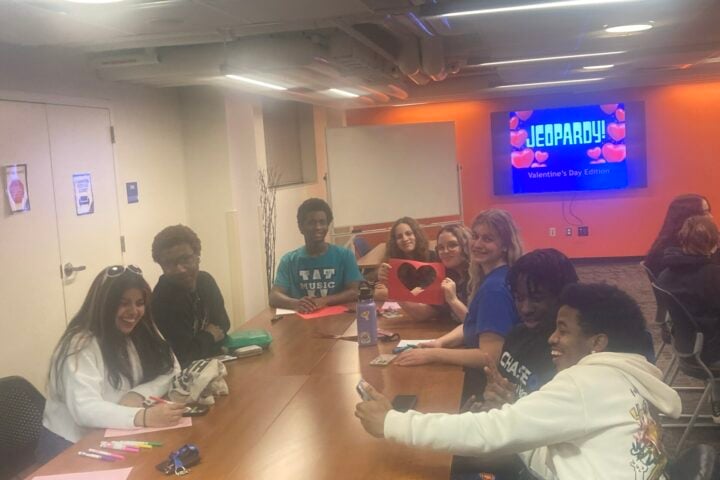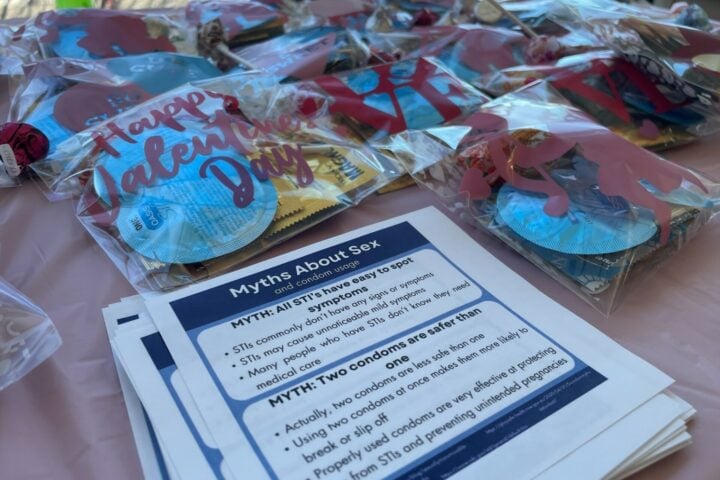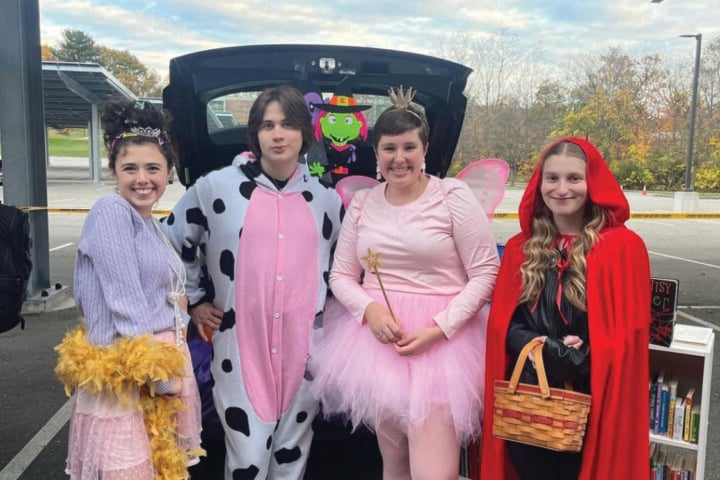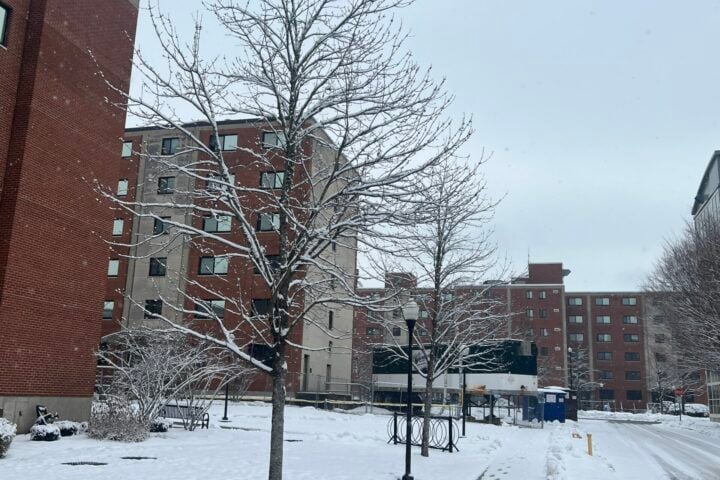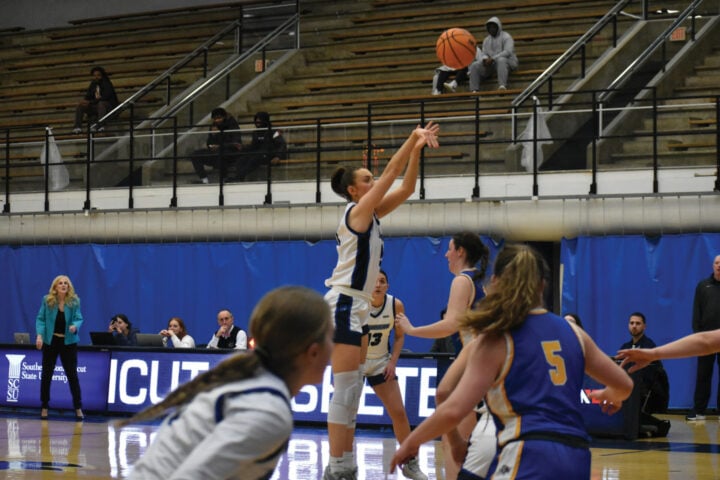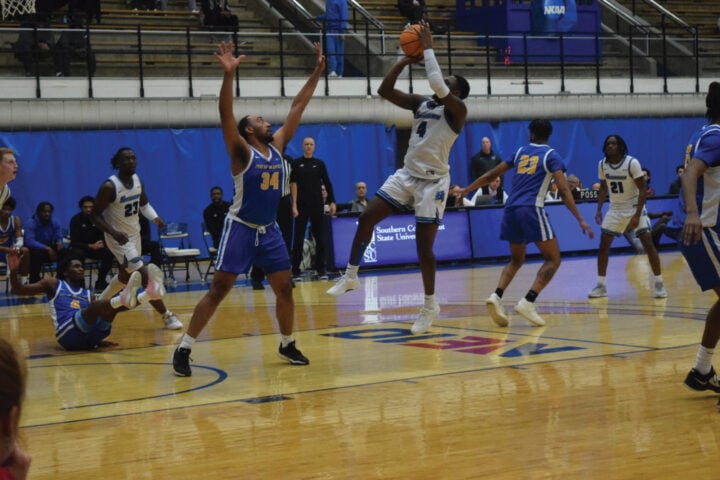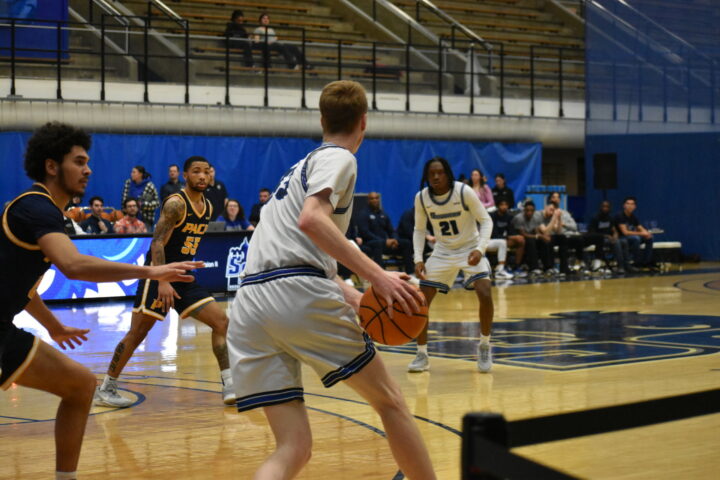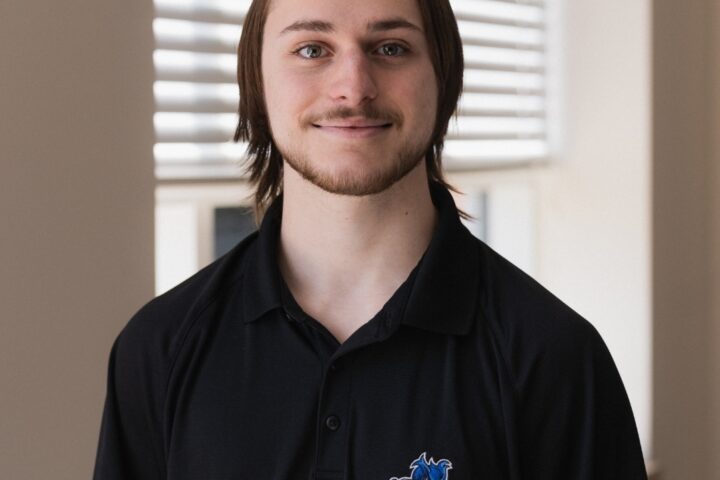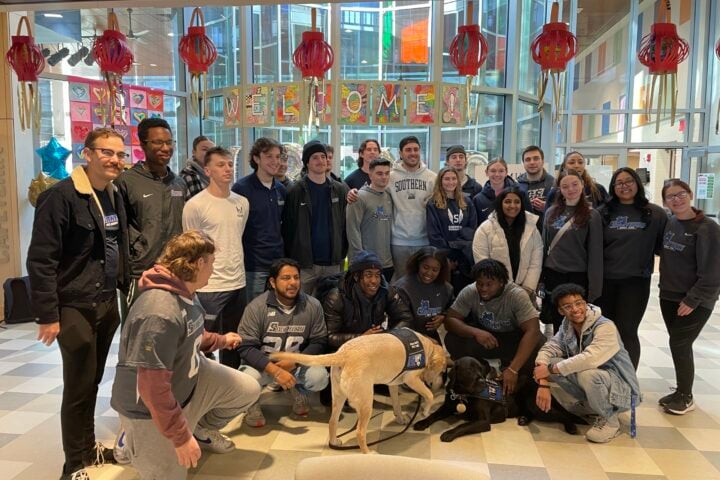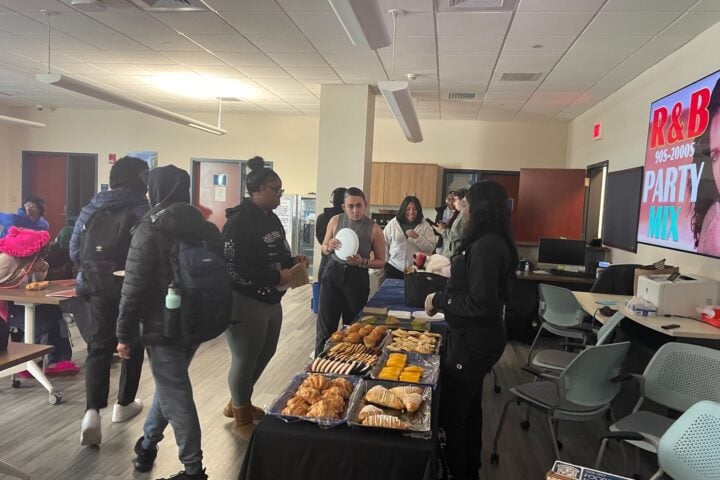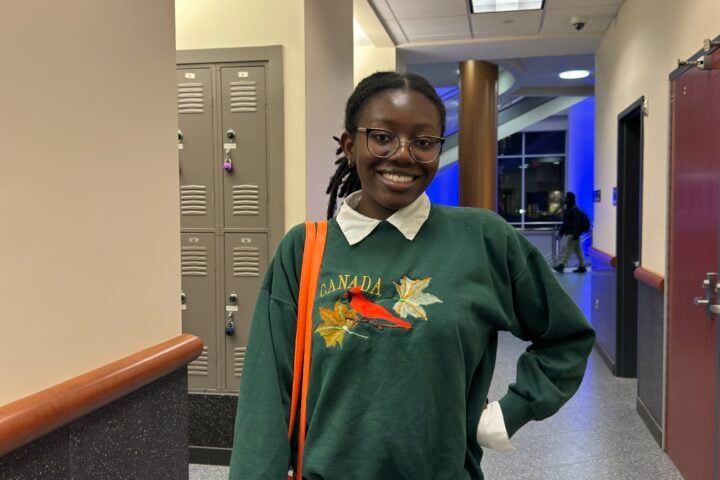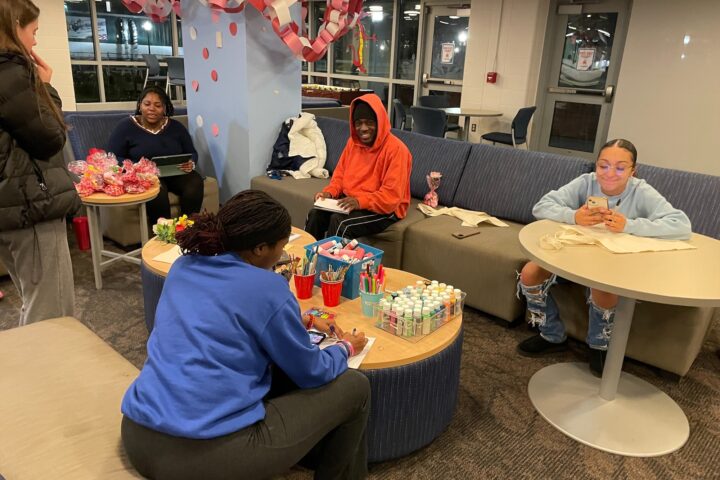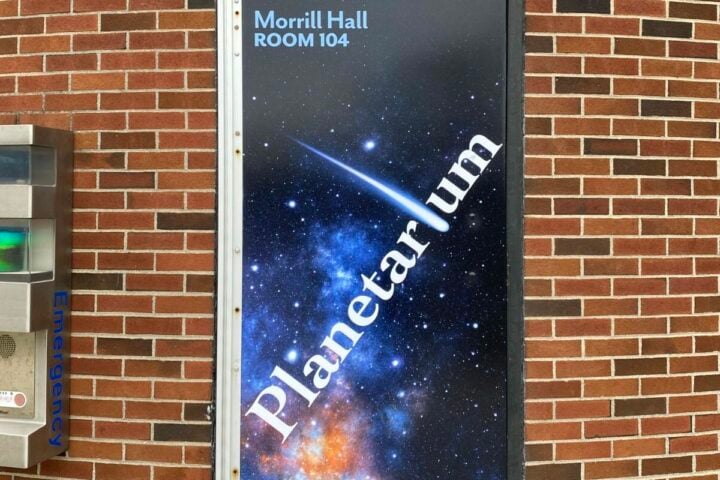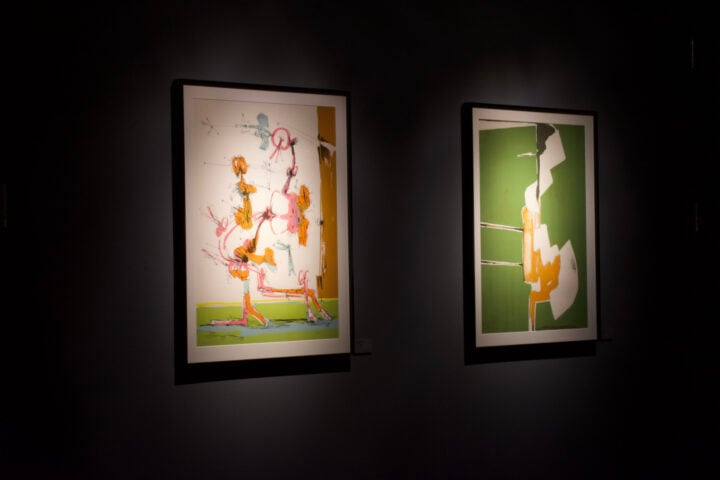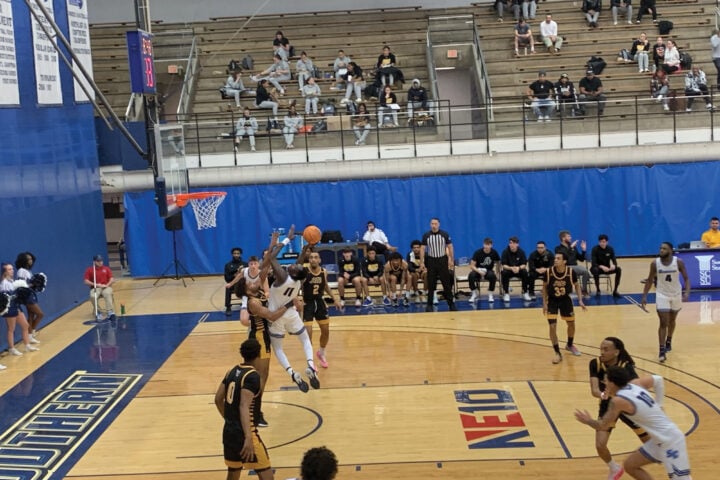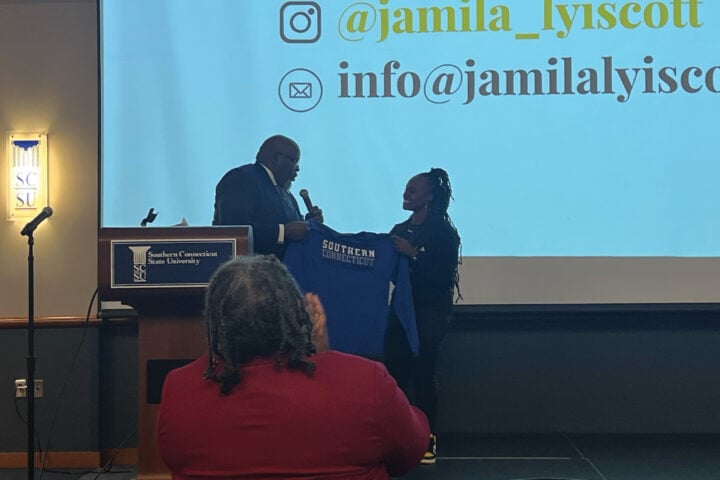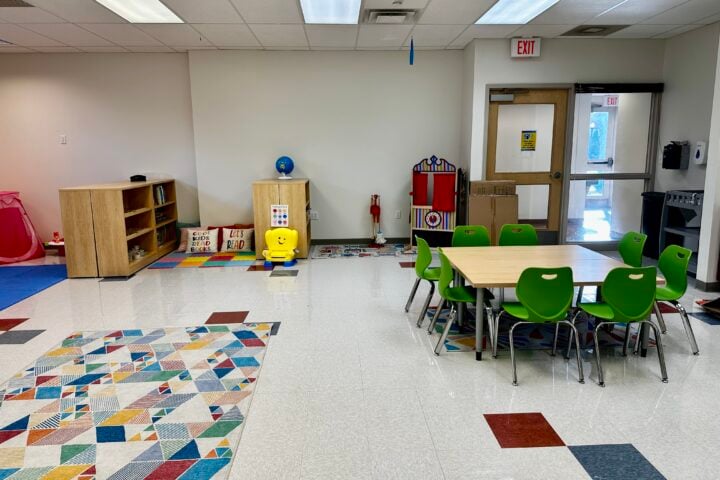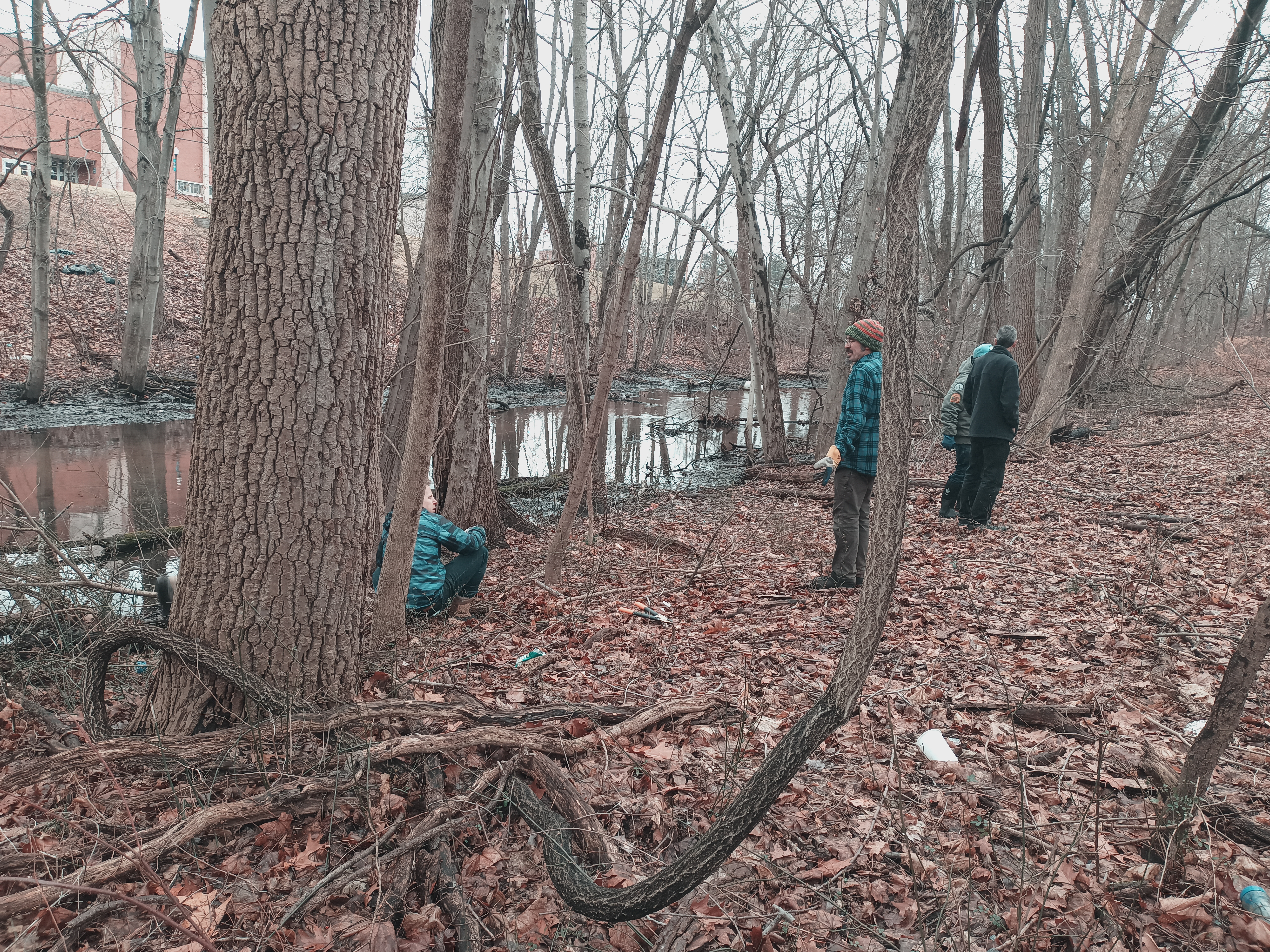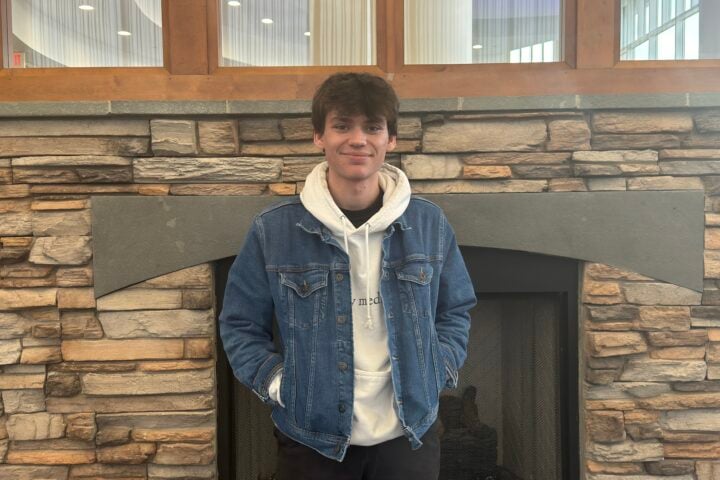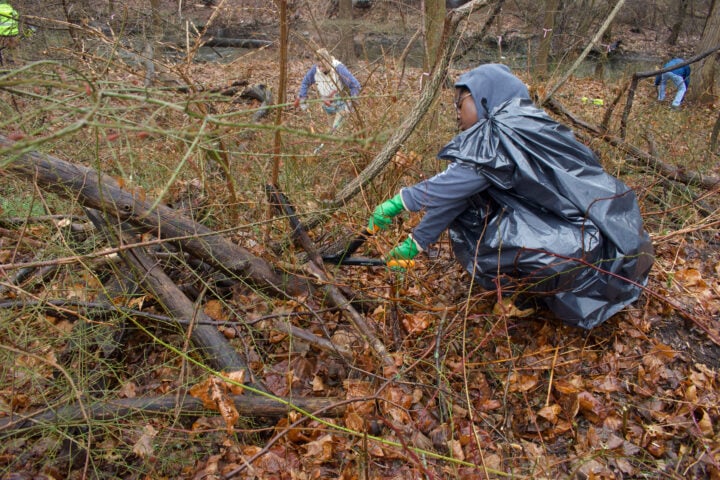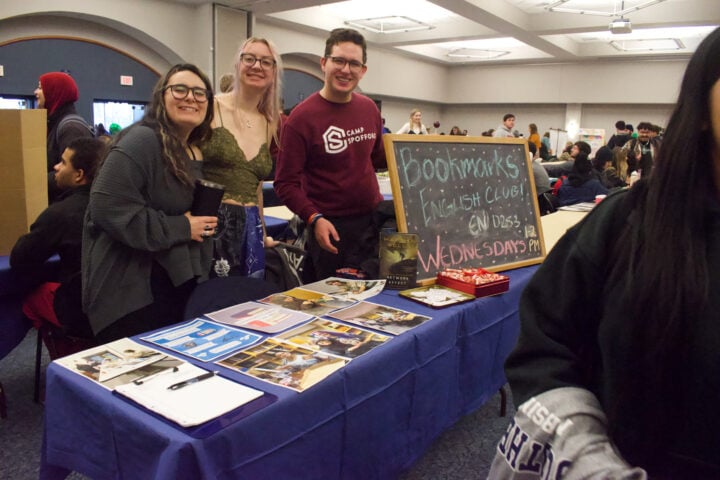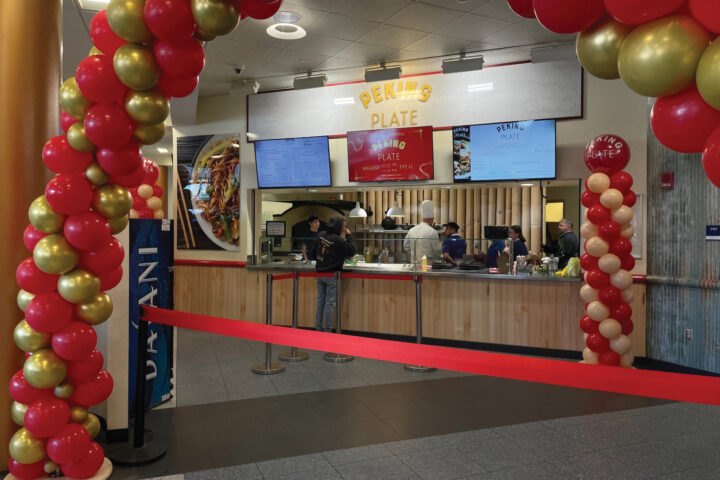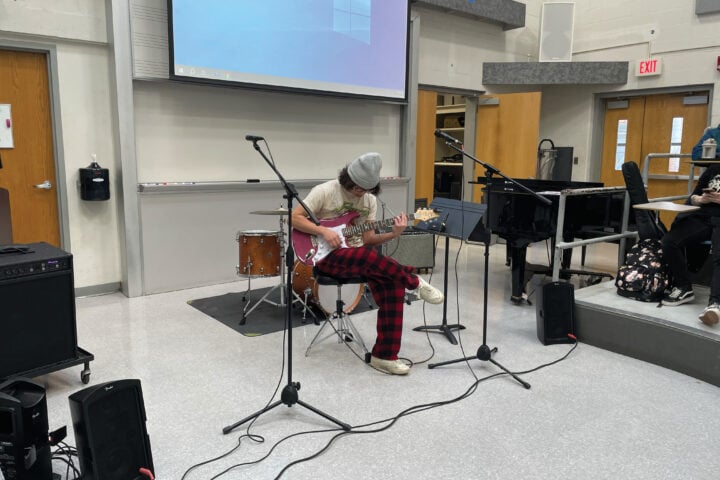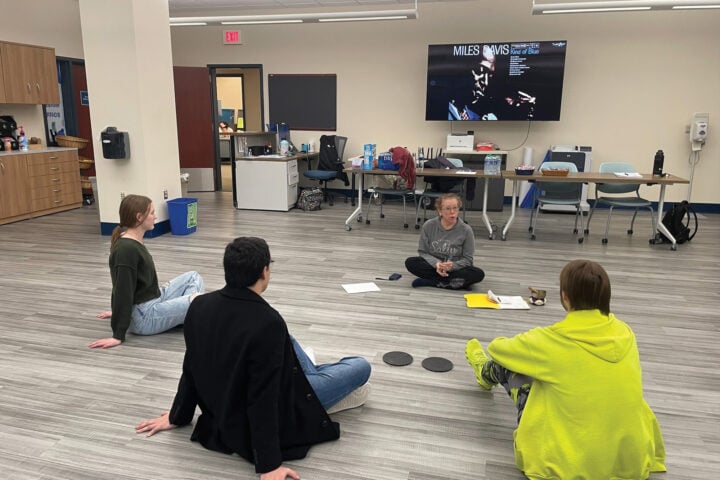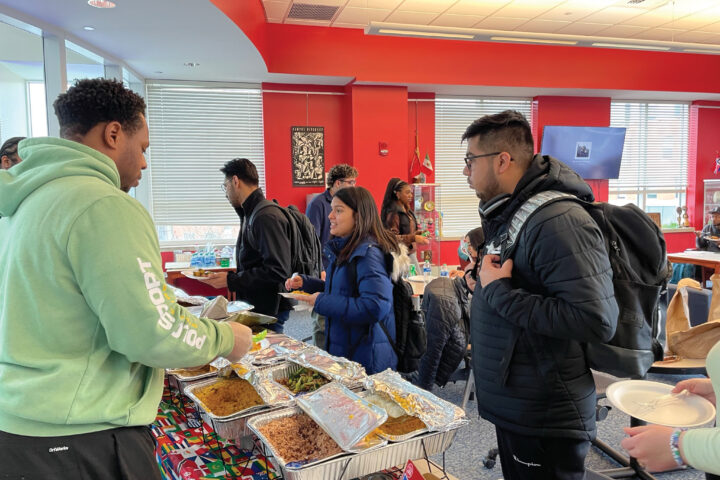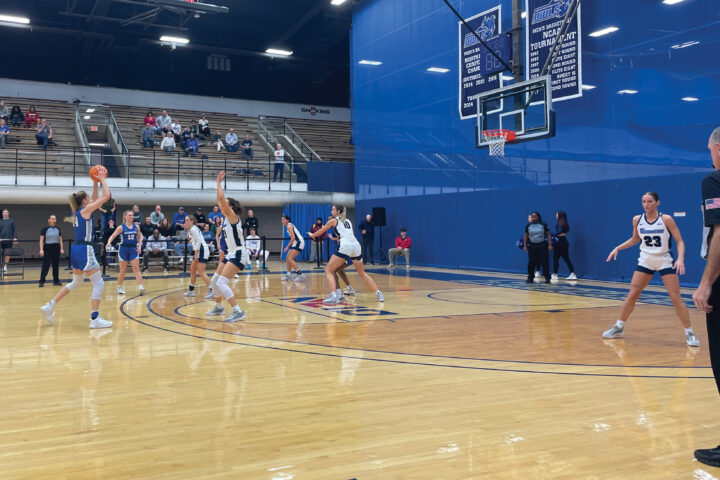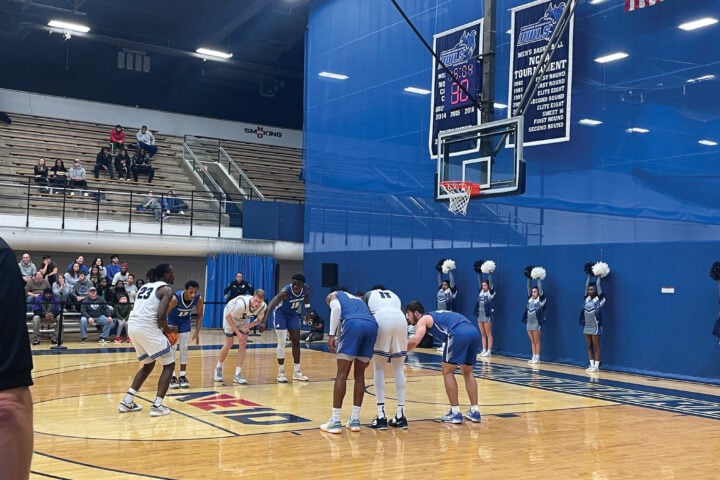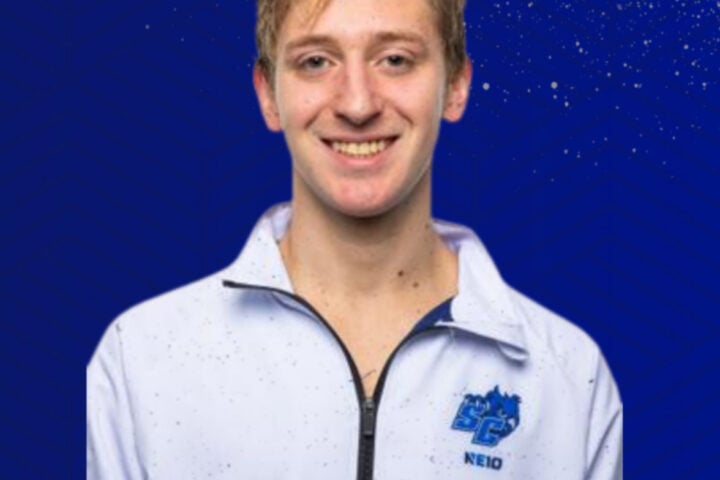Carl Castro – Special to the Southern News
Dust covered boxes and cabinets found in an old laboratory in Jennings Hall contained numerous skulls and skins that once were part of living animals. But Miranda Dunbar, biology professor at Southern, said it was more like finding buried treasure.
“Immediately I called dibs on all of this because this is my area of teaching and research,” said Dunbar. “I said to myself, ‘This has been collecting dust and no one’s using this?’ this is a jackpot for me.”
The collection of over 1000 items ranges from lion and polar bear skulls to leopard skins and preserved woodland chipmunks. Dunbar said once all the items were moved into her classroom she “solicited a small army of students” to curate the items.
“In order to use all of this as a learning and research tool you have to curate it,” said Dunbar, “you have to make certain your specimens are properly identified and know all the details about that particular specimen.”
One of Dunbar’s former biology students Nick Lauzon, science instructor at Bedford Middle School, said curating the items was tedious work but there was one in particular that gave him trouble.
“The whale head,” said Lauzon. “It took me three weeks to figure out that skull belonged to a pilot whale.”
Lydia Friedlander, head of the education department at Nature’s Art Village was also a former student of Dunbar’s who helped curate the items. She said the experience has given her a unique opportunity in her field of interest.
“Having the title of curator assistant on my resume makes me look very competitive,” said Friedlander. “I’m planning on working with Professor Erin Gillam, of North Dakota State University, on the study of bats and their problem solving skills.”
With all the items curated, Dunbar said she plans on using the, what she calls, “critters” to start a new class this summer designed specifically for the study of mammals—Mammalian Biology.
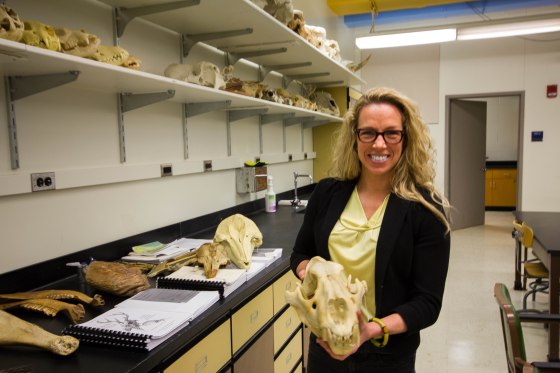
“I didn’t want this stuff to collect dust for another two years,” said Dunbar. “I was so pumped about the findings I decided to develop a whole new course based on this mammal collection.”
According to the International Union for Conservation of Nature, a global organization that helps in the conservation of animals and their environment, there’s over 65,000 vertebrate species on earth, eight percent of which are mammals.
“We’ll be using this collection to study the evolution and diversity of mammals,” said Dunbar. “But also incorporate behaviors, physiologies and cellular mechanisms which is why, I think, other types of biology students would be interested in this course.”
Along with in-class work, Dunbar said part of the class is going to involve on-site labs where students will visit state parks, zoos and aquariums to observe live mammals.
“Students will have an opportunity to learn real mammalogy,” said Dunbar. “You’re not just learning from a textbook, you’re not just listening to lectures, this is all hands-on and applied science.”
Dunbar said this non-traditional way of learning will expose students to how zoos and other scientific venues conduct research and conservation efforts, while showing them different careers in the biology field. Dunbar is an active member at Beardsley Zoo, participating through community service and outreach programs and hosting educational lectures. She will be traveling to Belize to continue her research on—the only flying mammal—bats.
“Catching bats does something to you,” said Dunbar. “Trapping bats in the middle of the night, in these ancient ruins, it’s just a unique way of learning about them.”

